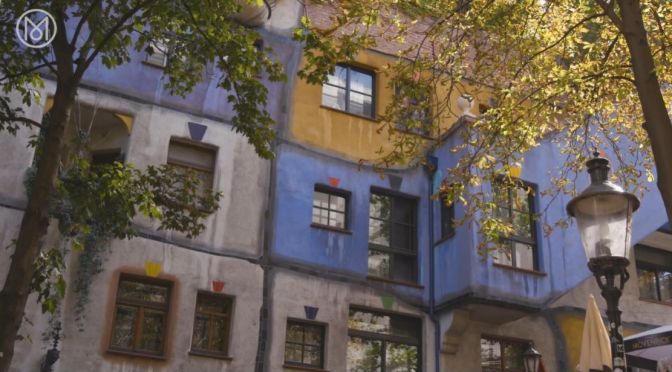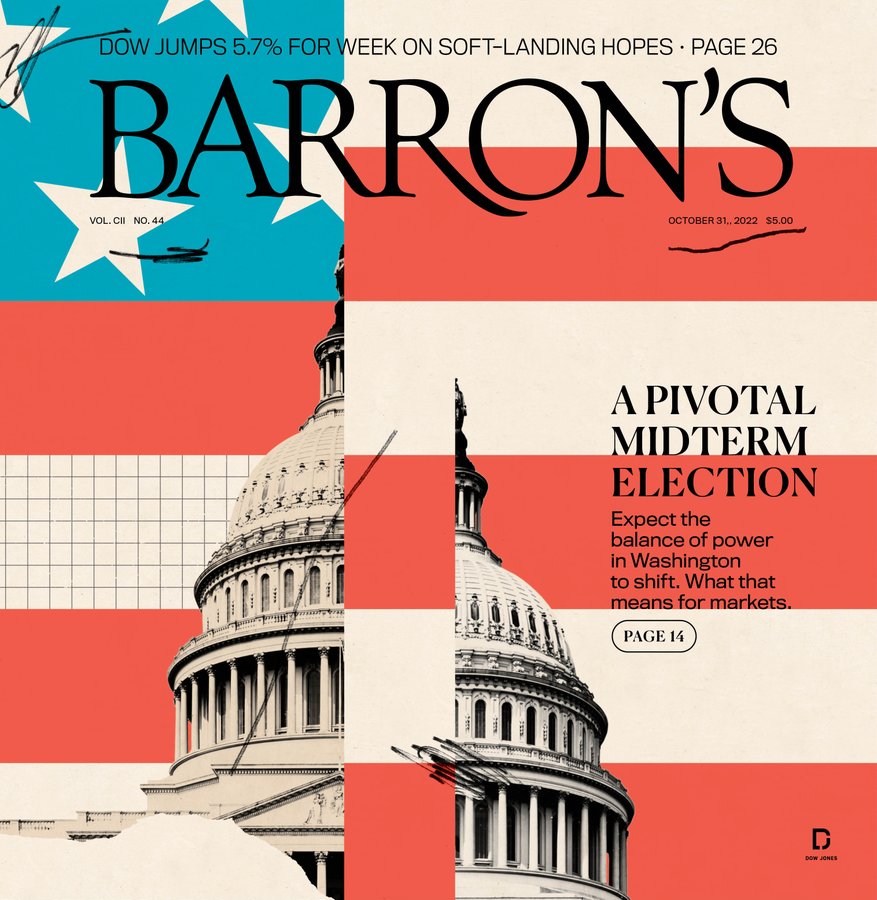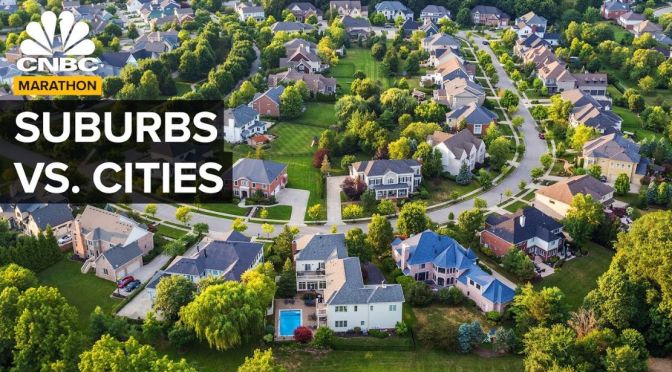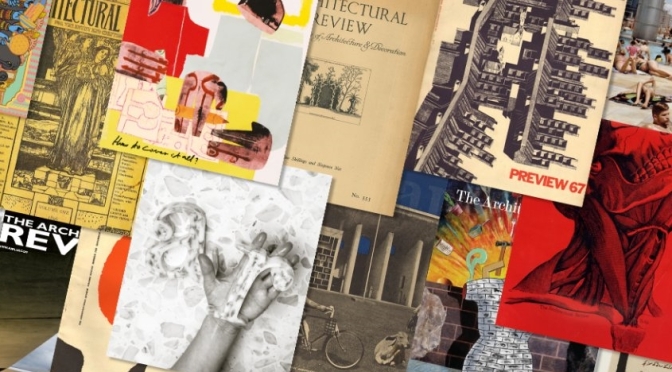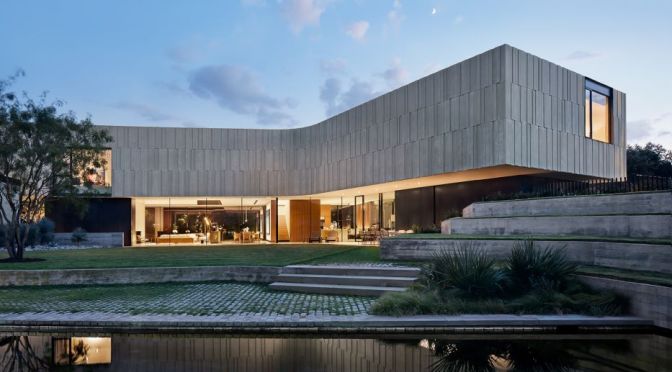Ibavi | AAU Anastas | Taller Mauricio Rocha | Grafton | Building Beyond Borders + BC Architects and Studies | Sebastián Arquitectos | Fernand Pouillon | Dimitris Pikionis
If you have purchased an issue and are having trouble with your order, please contact our customer services team on customerservicesteam@emap.com
If you are a subscriber, digital editions of the magazine are available to read – just sign in for full access. Not a subscriber? Find out more and support the AR here
AR April 2022
‘A great deal of human history is told in stone alone’ writes Arianne Shahvisi, ’what is carved in stone is a hard, enduring message to the future’. Messages etched onto stone walls and tablets tell us of a past literally writ in stone, but the rocks we plunder from the Earth’s crust can also help us build a liveable future. The April issue of the AR examines stone as an architectural and urban material, digs into the political landscape it is extracted from and explores the weight of cultural and social meanings it holds. This issue features projects by IBAVI, Building Beyond Borders, Mauricio Rocha, Grafton Architects, Fernand Pouillon, Demetris Pikionis, and contributions by Steve Webb, Tomoki Kato, Nami Ogura, Nadi Abusaada, Perdita Phillips, Pierre Bidaud, and many, many more.
The front cover of the issue features Tito Mouraz’s Open Space Office series, where the lithic violence of stone creation is frozen and silent in the quarry, the detritus of human extraction feeble and tiny in comparison.
Stone
Keynote: Stone age, Steve Webb
Social housing, Mallorca, Spain, IBAVI, Rafael Gómez-Moriana
Foundations of empire, Arianne Shahvisi
City portrait: Jerusalem, Israel-Palestine, Nadi Abusaada
Case study: Analogy pavilion, AAU Anastas
Case study: St Mary of the Resurrection Abbey extension, AAU Anastas
Lithic love, Perdita Phillips
Museo Anahuacalli extension, Mexico City, Mexico, Taller Mauricio Rocha, Juan Carlos Cano
Rock-hewn churches in Ethiopia, Tarn Philipp
Town House, Kingston, and Marshall Building, LSE, London, United Kingdom, Grafton Architects, Stephen Parnell
Outrage: Colonial legacies of concrete, Mohamed Ismail and Caitlin Mueller
Revisit: Climat de France, Algiers, Algeria, Fernand Pouillon, Brittany Utting and Daniel Jacobs
Women’s house, Ouled Merzoug, Morocco, Building Beyond Borders + BC Architects and Studies, Lina Meskine and Anouar Ahdaf
In the Japanese rock garden, Tomoki Kato and Nami Ogura
Reputations: Dimitris Pikionis, Freddie Phillipson
Village and chapel renovations, Ruesta, Spain, Sebastián Arquitectos, Elena Lacilla Larrodé
The stonemason, Pierre Bidaud
Kirsten Dirksen Films (May 28, 2023) – Caspar Schols built his first shapeshifting house in his mother’s backyard as her writing cabin that, by sliding a room-on-rails, could convert into a place to sleep under the stars.
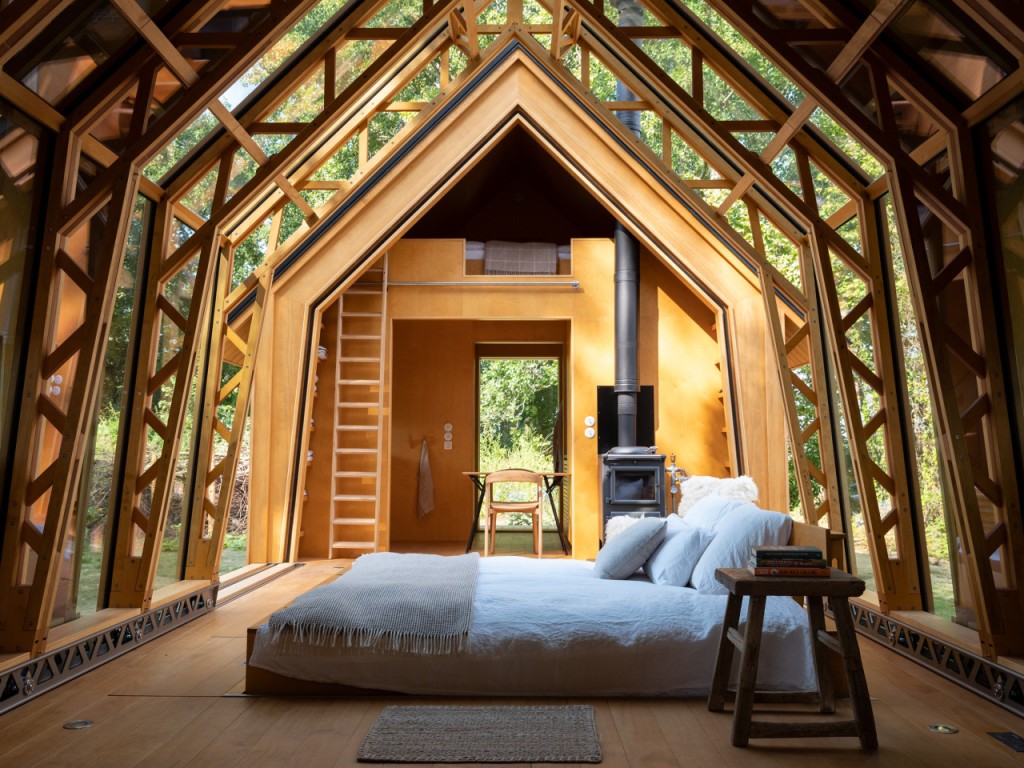



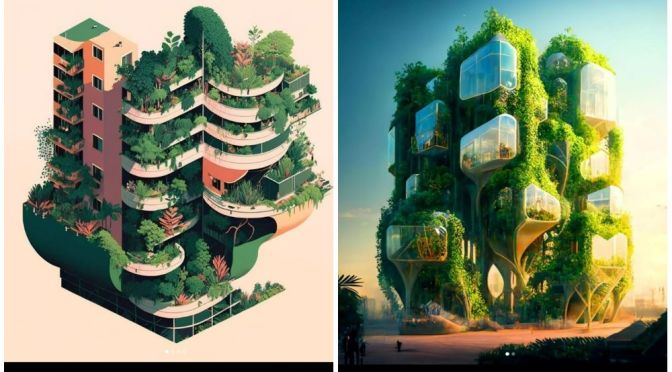

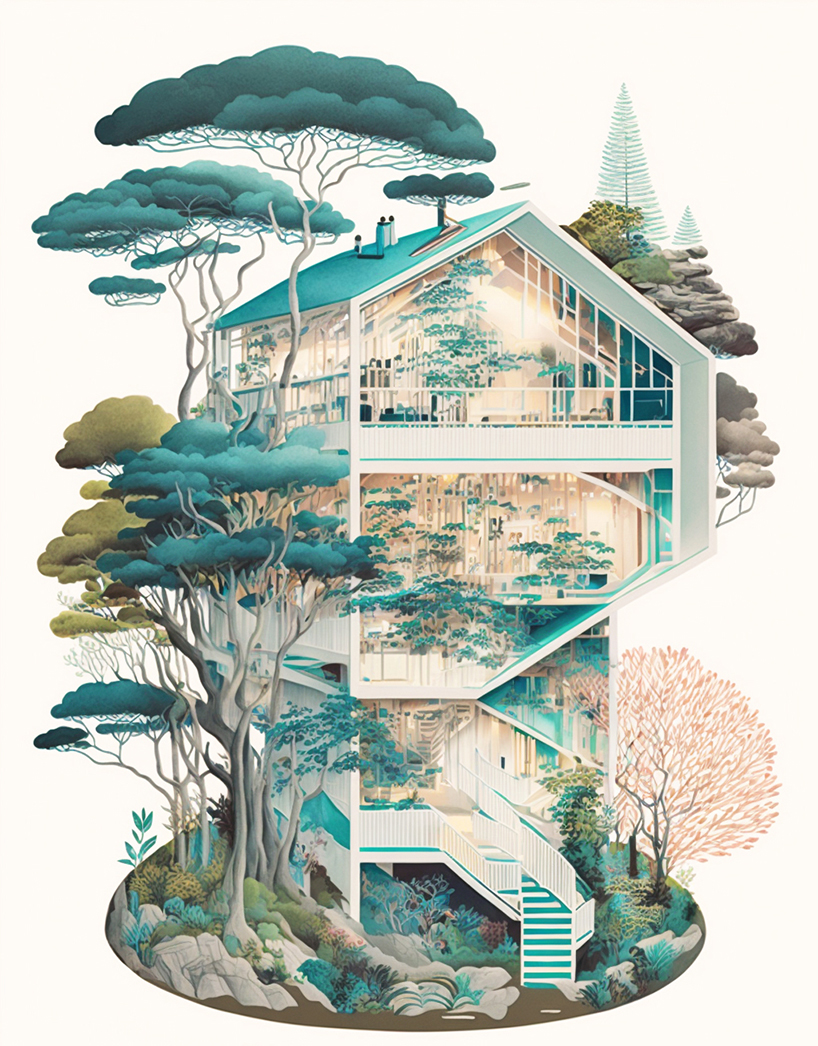 illustrative capabilities of AI-powered design programs
illustrative capabilities of AI-powered design programs